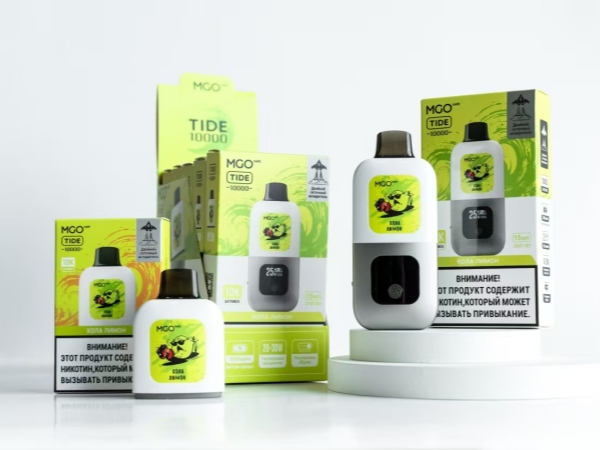New MGO TIDE 10000 Pod System to Launch
Time:2025-09-02
Views:785
MGO TIDE 10000 New Refillable Device Set to Launch, Early Purchase Available in Crimea.
MGO is pleased to share that its new TIDE 10000 refillable device will soon be released. For those in Crimea, an early purchase opportunity will be offered first, allowing local users to try the product ahead of others.
The device comes with adjustable power and air intake, and adopts a parallel dual-heating coil design—aimed at bringing a more distinct taste experience.
Further details on the exact launch and purchase channels will be updated via MGO’s official platforms in due course.






